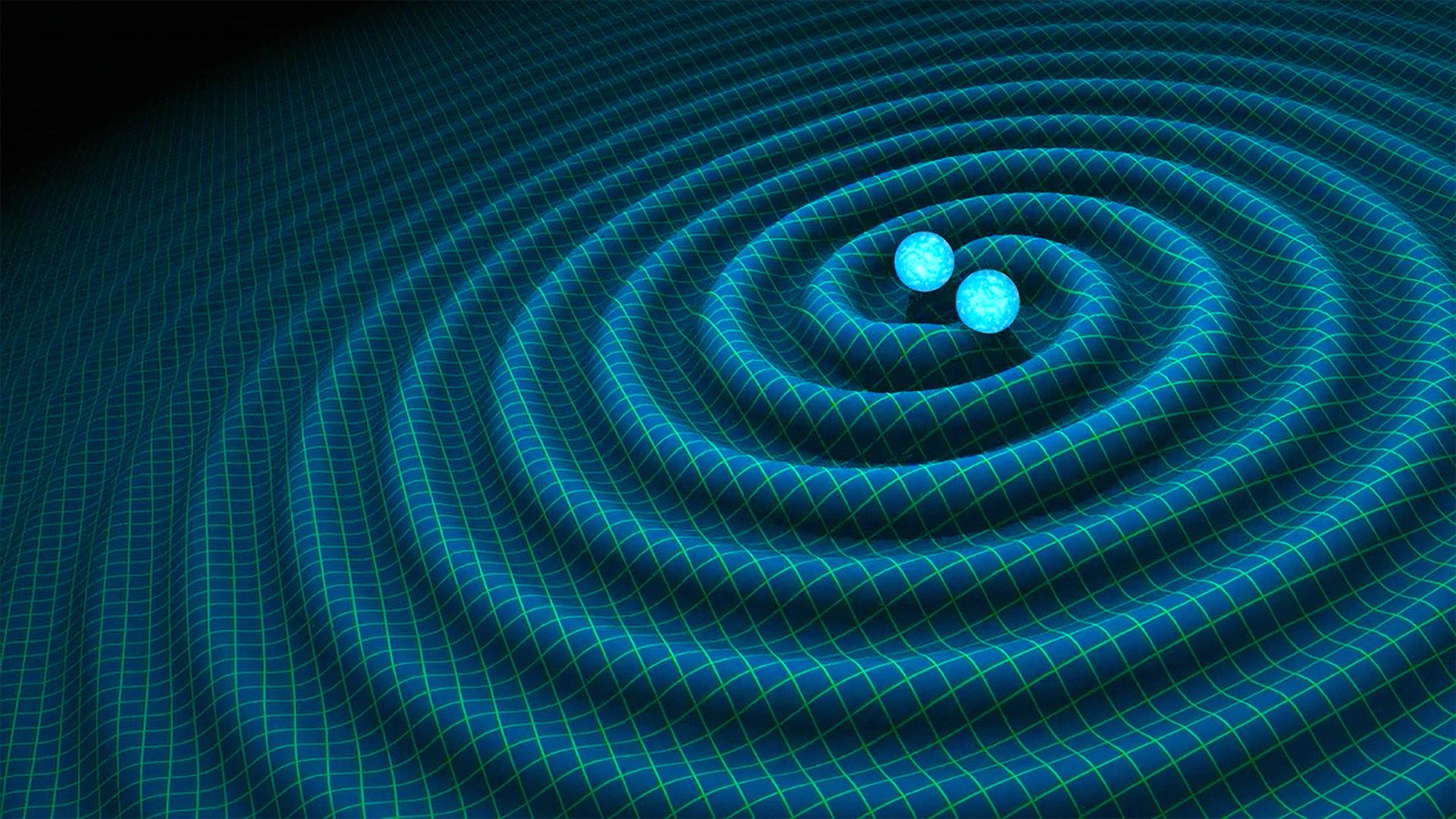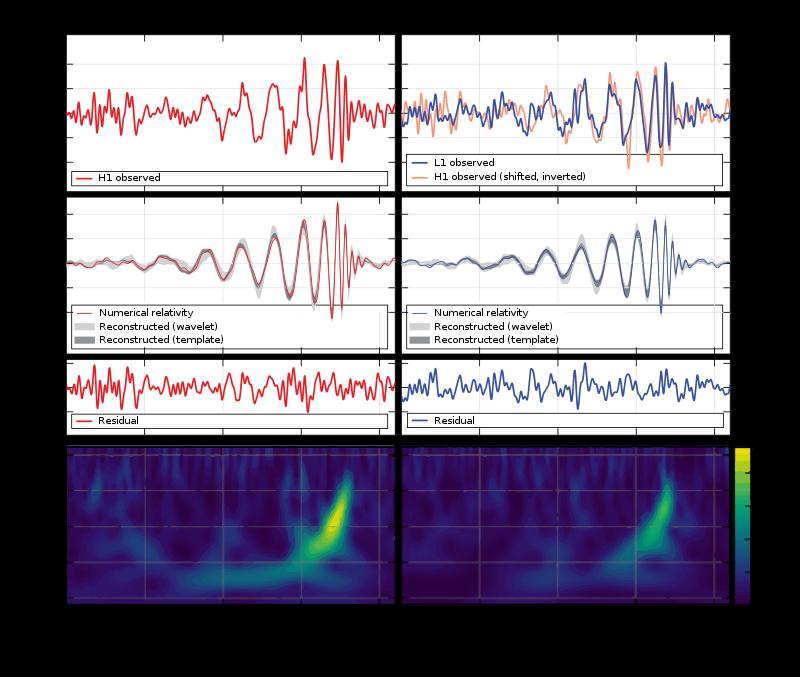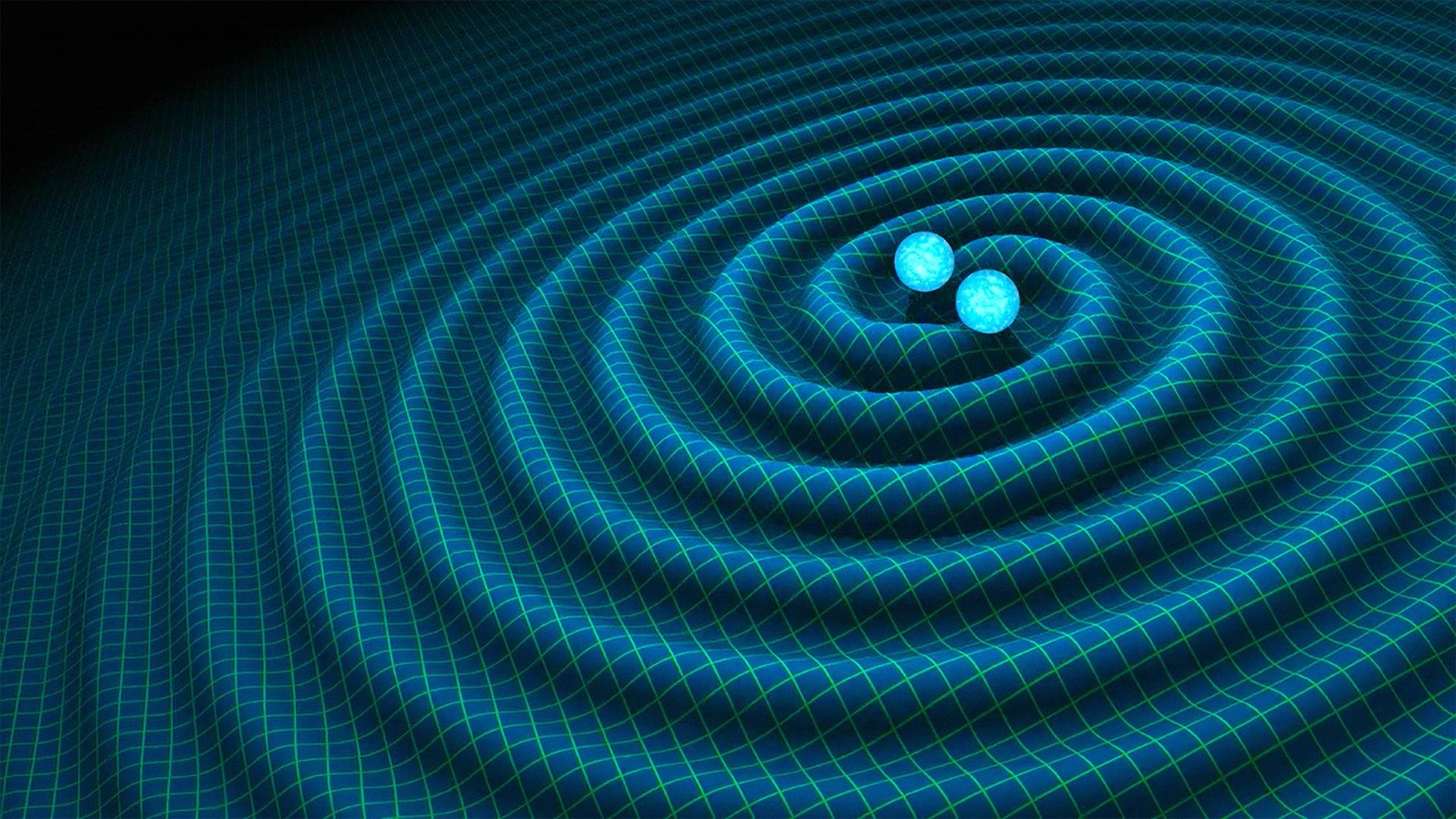*This text was written by a TecMundo columnist; finally learn more.
Two basic classes of theory are needed to describe the universe as we know it: on the one hand, Quantum Field Theory, which describes the interactions of electromagnetism and nuclear forces and explains the microscopic world of particles; on the other hand, General Relativity, which explains the relationship between matter-energy and space-time, explaining what we understand as gravity.
The contemporary concept of gravity was first introduced a little over 100 years ago, in 1915, by Albert Einstein, who replaced the old Newtonian notion that two large objects instantly attract each other with a force proportional to and inversely proportional to their masses. square of the distance between them.
Having completed Special Relativity about 10 years later, General Relativity began to treat space-time as a four-dimensional “cloth” in which all the matter and energy of the Universe resides. Thus gravity arises as a result of the space-time deformation caused by the distribution of such masses and energies.
Various predictions emerged from this new theory, from the existence of black holes to the distortion of the path of light passing near large objects, a phenomenon now known as gravitational lensing. But one of these predictions has become very famous in recent years and stands out when it comes to energy: gravitational waves.
Gravitational waves are physical waves produced by the accelerated motion of large bodies and propagate at the speed of light. Within this definition, the generation of gravitational waves is associated with the merging of two large objects, with masses in orbit of other masses in the Universe (such as stars, black holes, among others), rapid changes in an object rotating or in gravitational collapse. and even primitive quantum fluctuations in the early Universe.

In all these cases, the energy distribution in a particular region of space changes rapidly, causing this confusion that exists in space-time itself. As counterintuitive as it may seem, the passage of a gravitational wave causes space to alternately compress and expand in mutually perpendicular directions as the wave crests and troughs propagate. In other words, the passage of a gravitational wave directly affects the properties of the space through which it passes, and all objects and physical beings belonging to them.
Numerous instruments and experiments have been proposed in the last century to detect and confirm the existence of gravitational waves, but detecting this aspect of nature required technological robustness and extreme instrumental precision. Only on September 14, 2015, the first direct detection of a gravitational wave took place. LIGO observatory detectors Laser Interferometer Gravitational Wave Observatory) recorded gravitational waves produced by the merger of two black holes with 36 and 29 solar masses, respectively, at the Hanford Site and Livingston, both in the United States.

Orbiting each other in unstable orbits for thousands of years, these two black holes merged to form a final black hole of 62 solar masses: the three “lost” solar masses were converted into pure energy in the form of gravitational waves.
As these waves passed through planet Earth, they in turn compressed and expanded our planet to a unit length less than the diameter of an atom. But don’t be fooled by this small amount: The merger of these two black holes emitted a power of 36 septillion yottawatts (3.6 × 104 watts, that is, the number 36 followed by 48 zeros). This astonishing power is greater than the combined power of all the light emitted by all the stars in the observable Universe!

Since then, other detections of gravitational waves have been made, caused by equally powerful processes. These determinations contributed strongly to ushering in a new era in astronomy, an era in which the Universe opened the windows for our eyes to see not only through light but also through gravity.
Nicolas Oliveiracolumnist for Technology WorldHe holds a degree in Physics and an MA in Astrophysics. He is a professor and currently doing his PhD working with galaxy clusters at the National Observatory. He has experience teaching Physics and Astronomy and researching Extragalactic Astrophysics and Cosmology. It acts as a popularizer and scientific communicator aimed at the dissemination and democratization of science. Available on social networks like Nicolas @nicooliveira_.
Source: Tec Mundo
I am Bret Jackson, a professional journalist and author for Gadget Onus, where I specialize in writing about the gaming industry. With over 6 years of experience in my field, I have built up an extensive portfolio that ranges from reviews to interviews with top figures within the industry. My work has been featured on various news sites, providing readers with insightful analysis regarding the current state of gaming culture.












